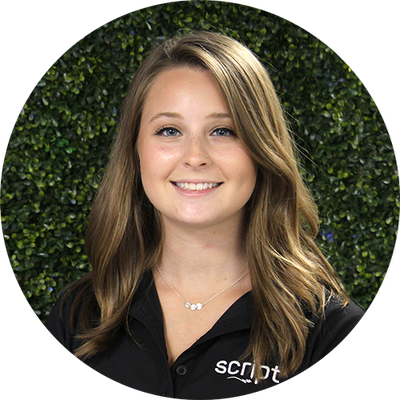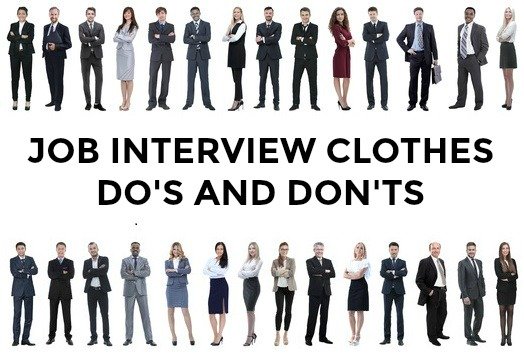Interviews, Resumes, Redflags, Oh My!
The previous class was very eventful! Casey Finestone and Mike Tholfsen joined the class to speak about the interview and resume process. I love having guest speakers during the class. Casey Finestone works with a startup company called Script as the schools outreach specialist, and Mike Tholfsen is the product manager of Microsoft Education. Both guests were kind enough to have let us be a part of their busy schedules!
During the class discussion, we covered topics as social media, redflags, and resumes. Mike Tholfsen admits to never thinking Twitter would be useful. Now, it is his career! He utilizes YouTube for making instructional videos to help instructors on his channel. Casey Finestone says that her online presence is a bit quieter and says that there is nothing wrong with having separate accounts from your personal and professional life. She says Twitter helps to put her blog posts on blast. Both Twitch and Podcasts can be used to conduct interviews online. On the topic of interviews, Finestone and Tholfsen described different reflags during the interview process. For example, Finestone says offensive jokes, having an inappropriate profile picture, and being informal with the interviewer are all aspects to avoid. Tholfsen added that lying about resume points, poor speaking skills, not asking clarifying questions, and giving up on problems to solve to Finestone's list. Tholfsen values proper communication skills when hiring for Microsoft since good communication is imperative for a successful team. When speaking about resumes, Finestone emphasized the importance of detail. It is important to have the margins the same size, the same font style and size, tabs the same distance, etc. She also added to try to keep the resume to about a page. A second page should only be included if all the information on the resume is vital. Tholfsen said that there is a feature on Microsoft Word that assists in resume formatting! It is called Word Designer, and he created a YouTube video explaining it here. Both Finestone and Tholfsen agree that it is best to explain how you grew from your experience and how you want to continue to learn instead of bragging. During the Q&A segment of the class, I asked the two guests, "What about your career sparks joy?" Personally, a career is useless if there is no joy coming from it. Finestone feels fulfillment from the culture of Script, taking on different roles, working from home, and having flexibility with her work. Tholfsen loves to help work and design software that helps education around the world and helping students with various challenges and disabilities.
In Josh Ochs's Light, Bright & Polite's 7th chapter is about knowing when and what to send or post. The chapter deviates from talking about social media and focuses more on emailing. Emailing is an efficient way to communicate within the workplace. Ochs refers to them as the digital internal memo! There are tips to remember when using emails to avoid faults in professionalism. Companies are starting to allow their employees to use their own devices. Thus, the business saves money since it is not buying a product the employee most likely already owns. Beware when using your device so off topic materials do not accidentally leak into emails! Your personal information has the chance to enter the company database, as well. Another tip to keep in mind is to keep emails short, sweet, and and proper. The email can always be forwarded to others, including supervisors! Ochs urges to keep in mind to write as if your email could land in a powerpoint presentation. Take the time to proofread, use complete sentences, and avoid slang. Finally, some emails should never be circulating the workplace. Never vent, bash the company, or shared chain emails to others with the company email. Sometimes, it is better to write rants in a journal at home.
Before the interview's conversation starts, the process begins from the moment the interviewer sees their interviewee. The way a person presents themself during a professional interview can reveal so much about their character. Ayushi Kushwaha wrote on Forbes what to avoid wearing for an interview. There are six rules to follow in order to carry professionalism in the outfit: nothing too flashy, minimize skin showing, no strong body sprays, do not overdo or underdo, makeup should be light, and no dirty or wrinkled clothing. Job interviews are necessary not only for figuring out if a candidate is fit for the job but to see if somebody carries themself with dignity. Not following any of the six rules can hinder the chances of getting the job.
Bill Gates is one of the most successful people in the business world. Over the years, he had to conduct many interviews for both Microsoft and the Bill and Melinda Gates Foundation. Stephen Curry, an NBA star, conducted a mock interview with Bill Gates, so Gates could explain which answers were the most effective. Forbes's Carmine Gallo includes the youtube video with a written transcript in his article. Gates always kept in mind the time he spent answering questions. The optimal time was around thirty seconds. Gates presented himself as a "learn-it-all" rather than a "know-it-all". This shows the interviewer that a candidate is willing to improve and is not pretentious. Passion must be evident and can be depicted with a statement as simple as, "___ is cool!" It is important to answer the questions asked, try not to steer away from the topic! Finally, confidence and practice is key!
Now that the interview is over, you just need to sit back and wait, right? Wrong! Personally, the most important part of an interview is sending a thank you message. Emily Price even suggests to send a "nice to meet you" message when you receive business cards from networking events. Whether it is an email, message, or note, reaching out post-interview can show dedication to obtaining the job position. Also, it displays exceptional manners and that somebody is able to find information that was not handed to them. It is best to wait a day or two before sending the thank you. Important points to include are thanking the interviewer committee for the time and reiterating why you are best fit for the job. A thank you note is courteous and will prove you to be a positive member within the work environment's atmosphere! These benefits are most likely to contribute whether or not you are called for the second interview! If the possibility is realistic, I think delivering a hand-written thank you note is superior compared to emails or texts!
Once again, I am grateful for the both Casey Finestone and Mike Tholfsen for spending time with our class. It was enlightening to listen to them speak about their careers. They both had a passion for what they do for a living and strive to help others succeed! I found learning about how to improve my resume and interview process very important. Plus, I have an excuse to purchase more cute stationary for potential thank you cards!







Comments
Post a Comment